|
INTRODUCING 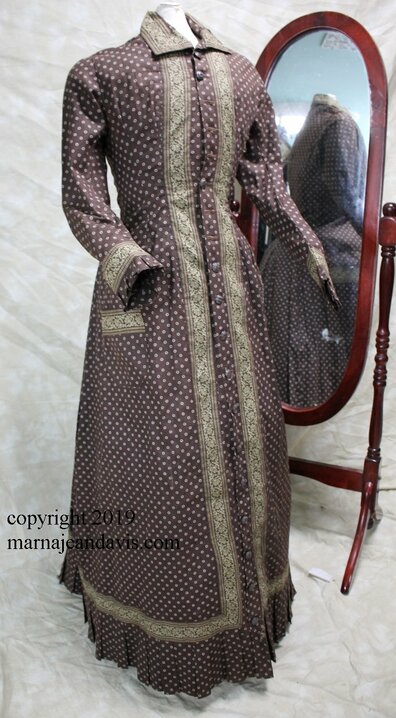 When I began drafting this pattern my goal was a good basic pattern that was useful for ladies doing impressions of middle and working class ladies. Something that they could do their housekeeping chores in or be at ease on a summer day. The pattern can be found on my Etsy site https://www.etsy.com/shop/WickedStepmothers The first dress I looked at in my collection was one that matches patterns from the 1880's in both Butterick and Demorest fairly closely. It was well made, but definitely created by the home seamstress- using scraps from another dress to create the half lining in the bodice, and the hem at the skirt. One of the key things about this dress is its extensive use of machine sewing. There is very minimal hand sewing on it. Another point making it a good dress for household chores is the fact all trim is "sturdy." The trim on the dress is a printed fabric rather than a braid or lace that has been applied flat by machine to the dress. This is an easy replication done by choosing a historic reprint with a striped pattern and cutting it up into strips for the same look. 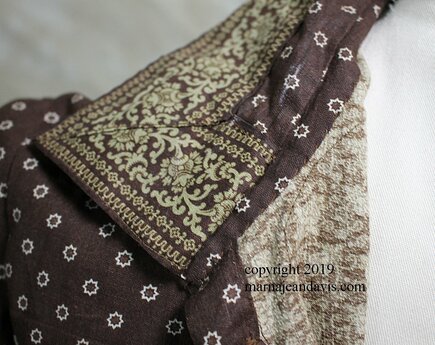 Collar attachment on the extant dress from my collection. 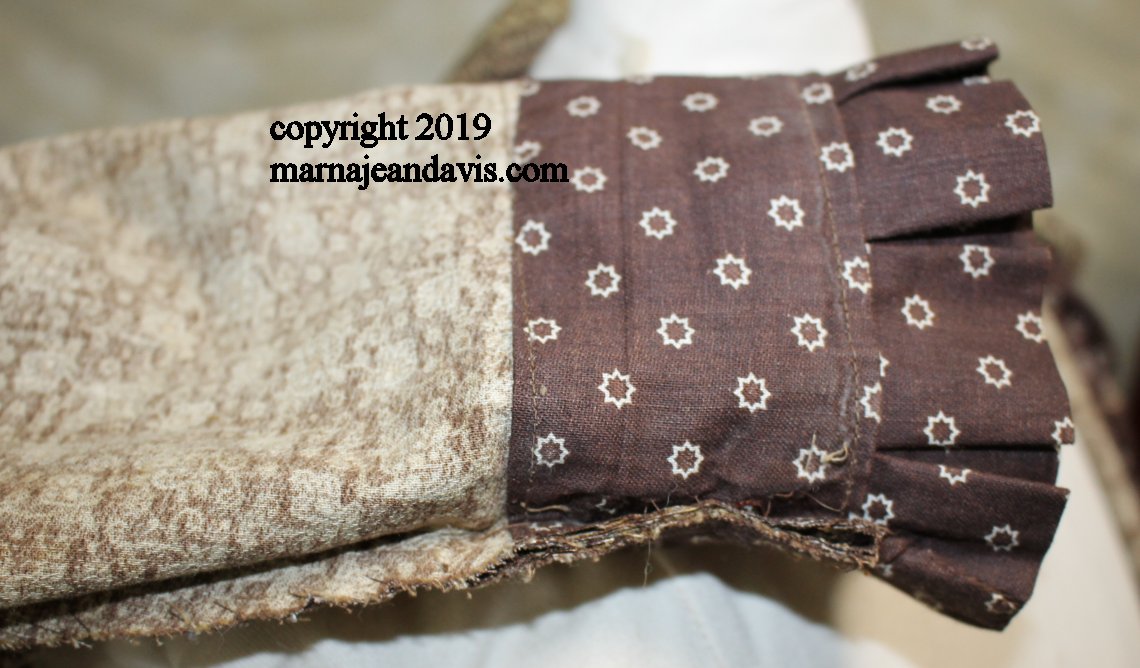 Machine stitched hem from extant dress. One side of the sleeve is sewn together, the separate hem piece is sewn on and sewn down by machine, as is the trim and ruffle. ONLY then is the second of the sleeve seams sewn. 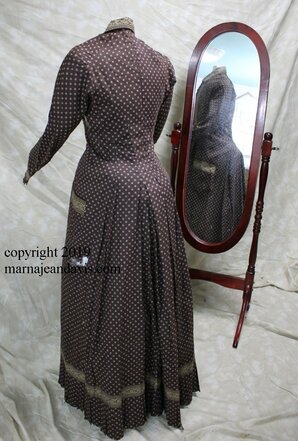 Back view of extant dress in my collection. There are 3 sets of box pleats in this particular dress, at center back seam and the side back seams. Dresses from this timeframe usually had at least one center back pleat, but the side back ones were somewhat optional. It allowed the skirt to fall over a small bustle and give you movement room.
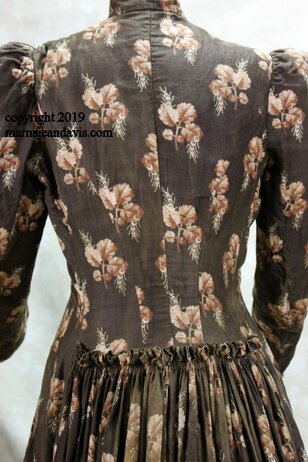 )Back of Sateen dress The seamlines and skirt width on the dresses were actually quite similar and it was easy to be able to turn one master pattern into several options using primary sources in my possession. My final pattern ended up with an early 1880's style sleeve, a late 1880's style sleeve, and a practically full 1890's sleeve (full enough to be fashionable, not so full to be in the way). Cutting guides are included to shorten the shoulders to a more appropriate 1890's length, and for a gathered back, a pleated back and a gored back skirt. We gave the pattern a test run with a class of 13 people at the Texas living history conference the end of January 2019 and it was a rousing success. I came home and made minor pattern notes (mostly labeling cutting lines or stitch lines more clearly and started the final editing of pattern directions and the compiling of good historical notes.
3 Comments
One of the challenges of putting together copy and research for an exhibition is, you can't turn it into a book, it is meant to be a quick learning experience to inspire you to find out more. I decided for those who want a "bit more" I would blog about some of the reproduction aprons we used (the light level is too high in the area for originals) and a bit more about the dating and history of some of the images. 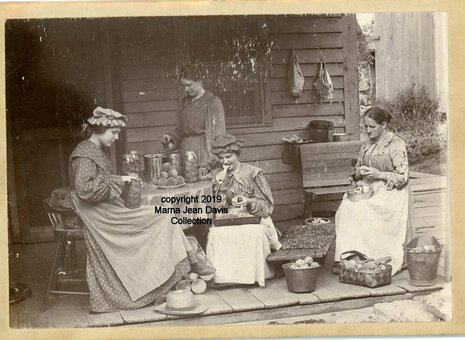 As you enter the exhibit this image is featured. This is 1890's and seems to be ladies canning peaches. The aprons here are pretty typical of late Victorian everyday wear aprons. A simple long rectangle gathered to a waistband that covered most of the skirt. I could imagine this happening on the porches at Nash Farm when I acquired this image for my collection. Many of the original aprons like this I have seen make use of selvage edges as the sides of the apron, leaving two less hems required when making an apron.
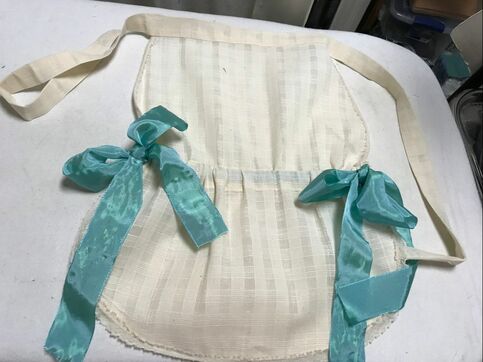 By the needlework panel you will find a knitting apron. This was modeled after an original in my collection. It is meant to be a portable "pocket" that holds your needlework or knitting. If you have to put it aside to tend to another chore, simply remove the apron and it is all neat and tidy for the next spare minutes. The original apron is a white barred cotton. The strings are not made long enough to tie, but instead would pin together. I chose slightly wider ribbon on my reproduction and a sheer ivory barred fabric. I hope you get a chance to visit Grapevine and see the exhibit and stop by Nash Farm and say Hello! below are a few images of me and my visit to the finished exhibit. Views from Grapevine, TX- Aprons of the Past |
AuthorPainfully obsessed clothing historian, Archives
January 2022
Categories
All
|
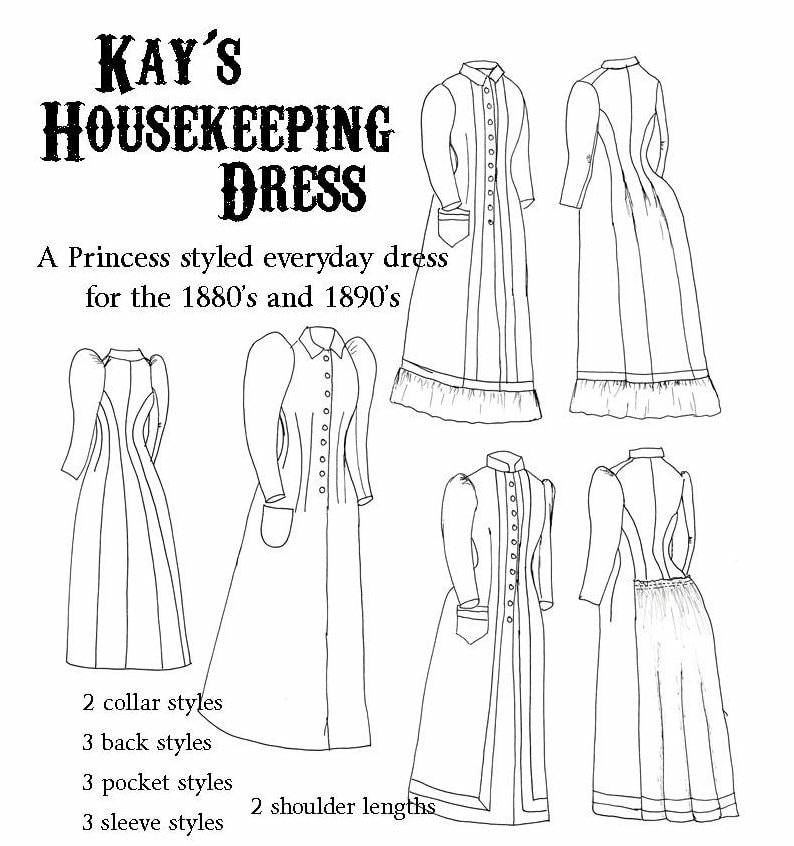
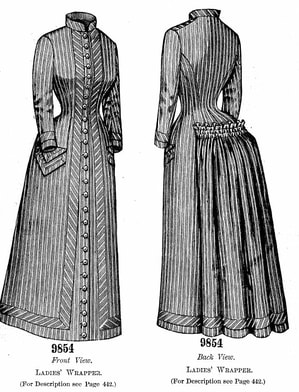
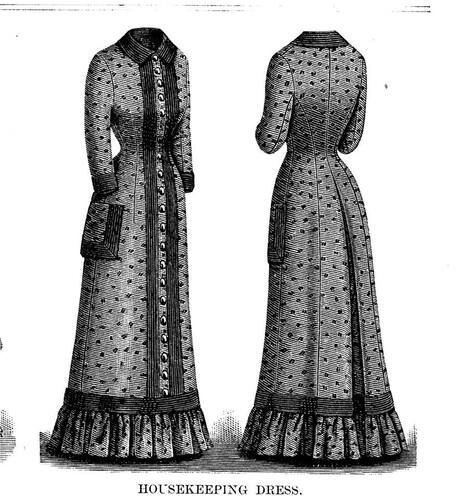
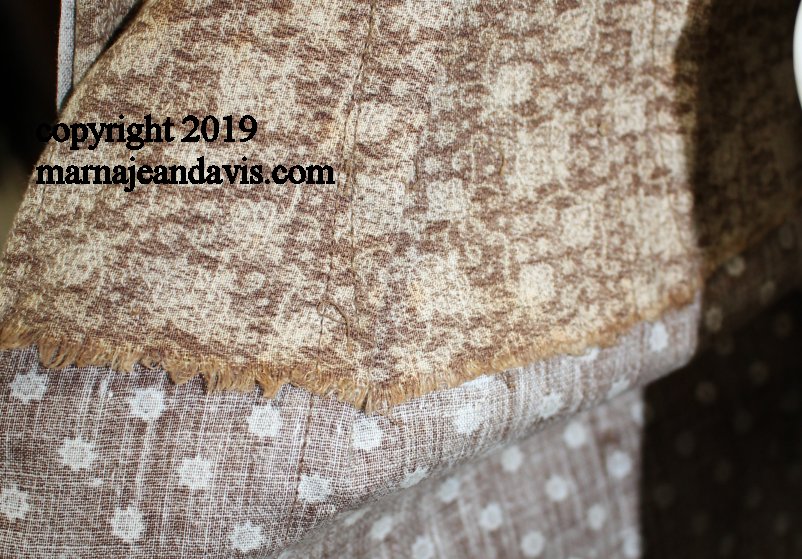
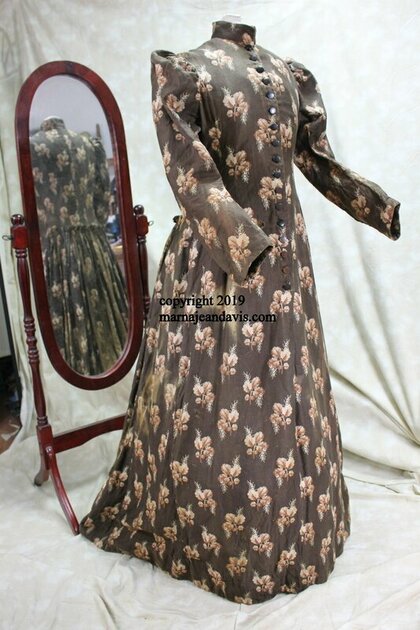
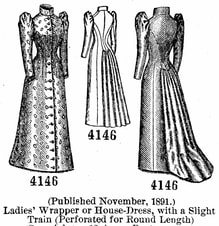
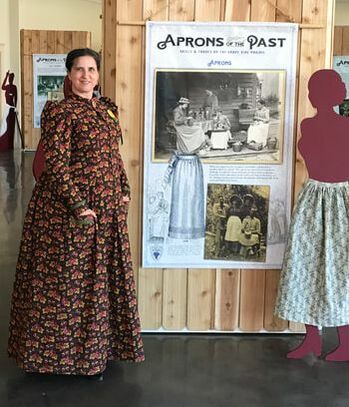
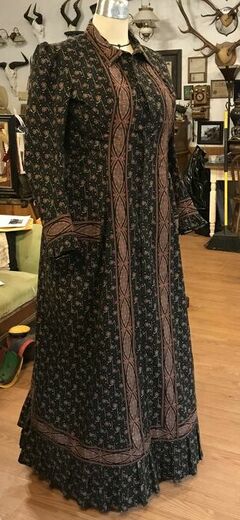
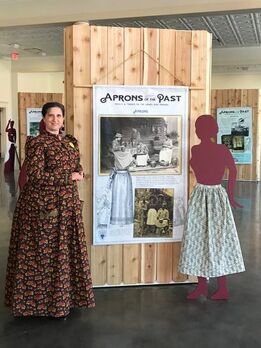
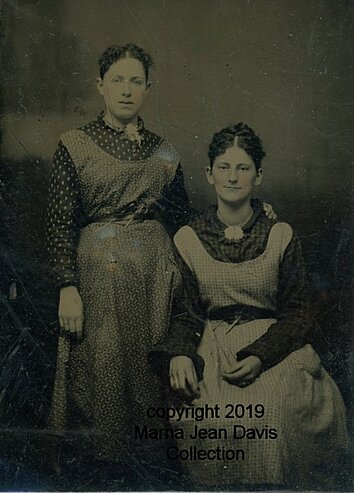
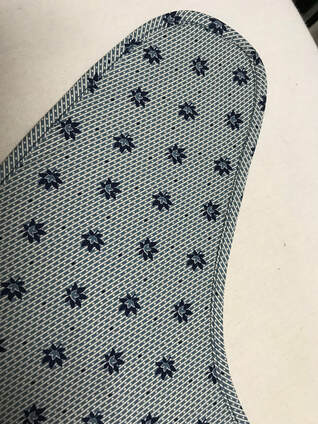
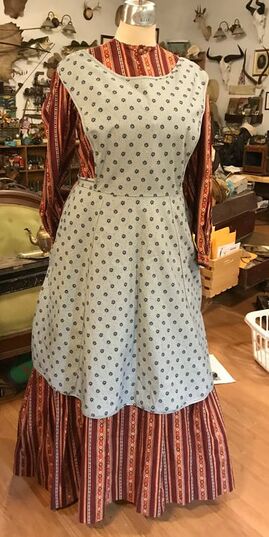
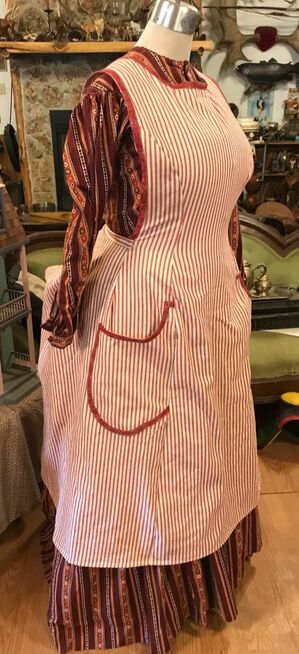
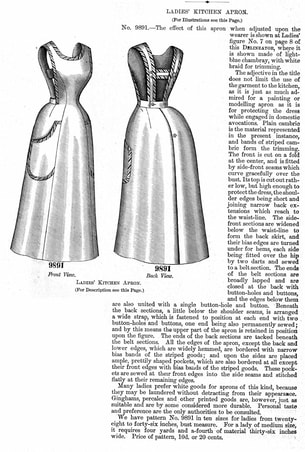
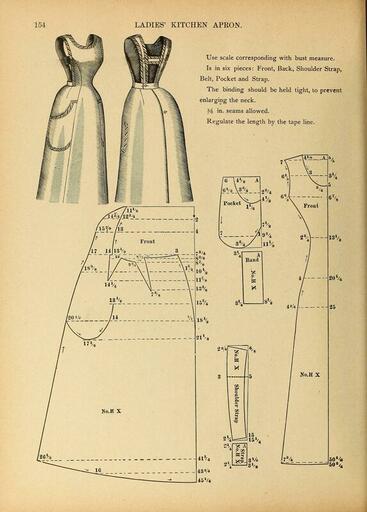
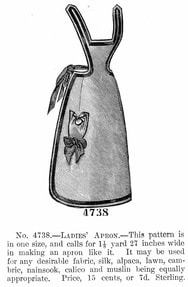
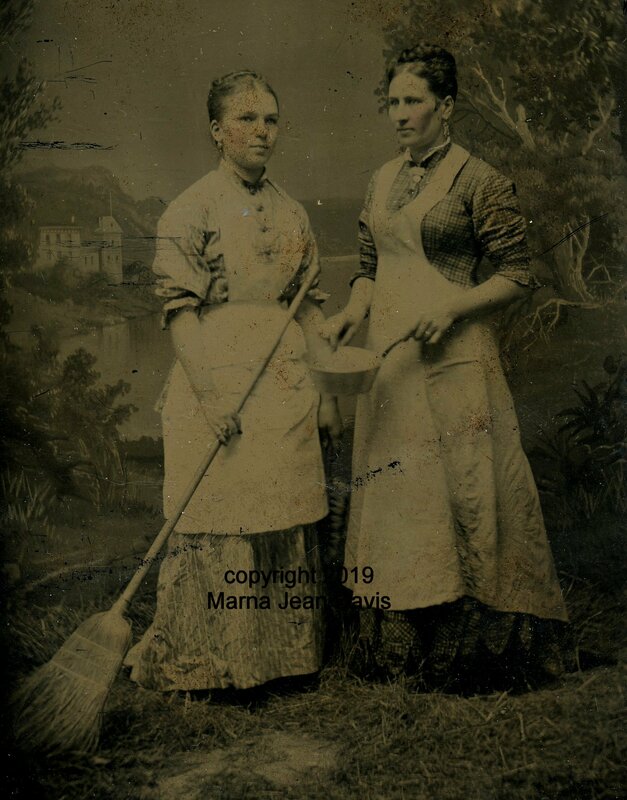
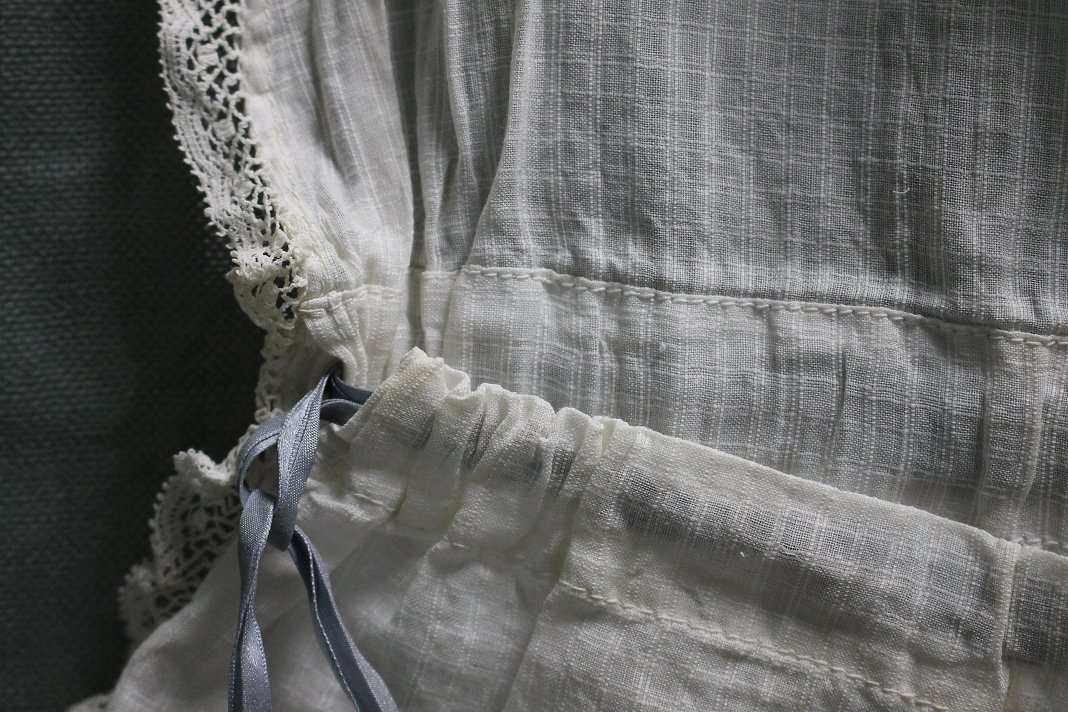
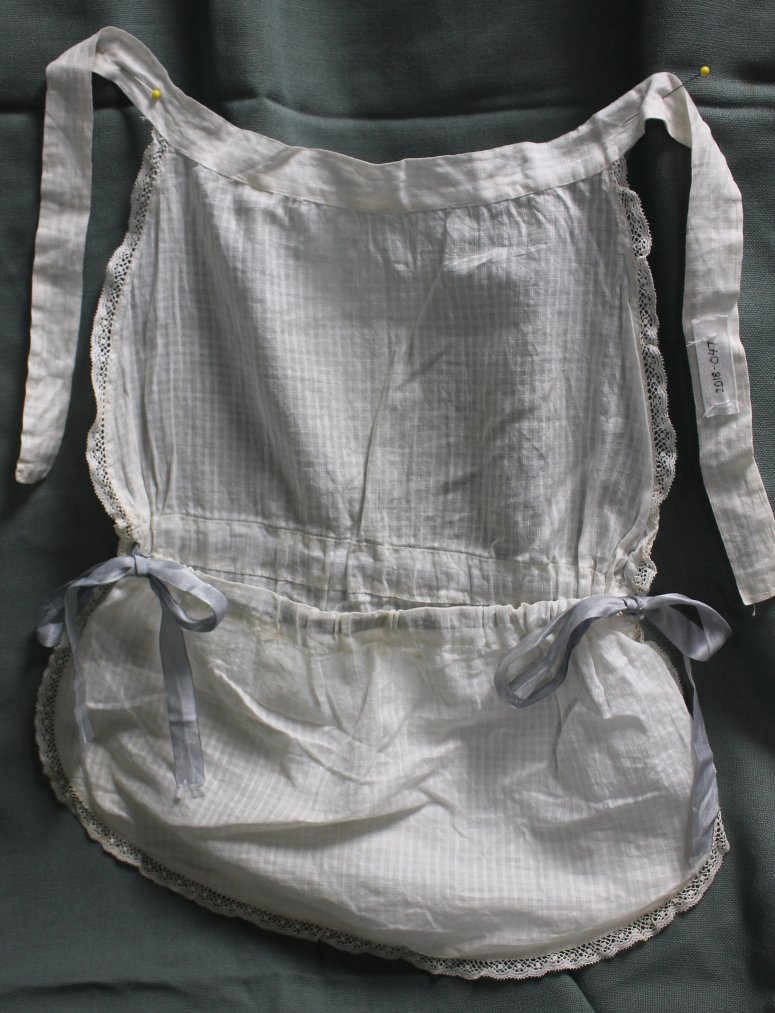
 RSS Feed
RSS Feed